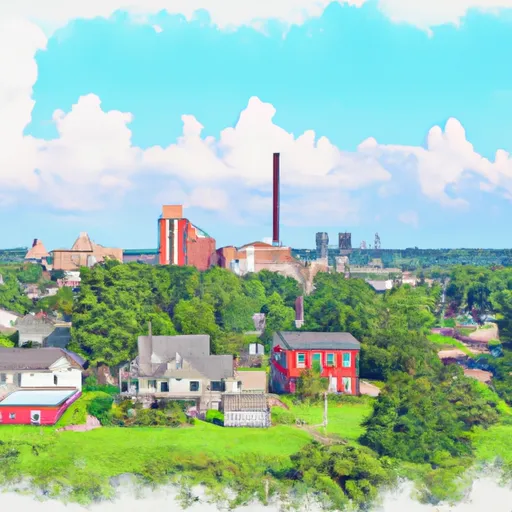°F
°F
mph
Windspeed
%
Humidity











Jewett, Ohio is a small village located in Harrison County in the northeastern part of the state. The climate in Jewett is characterized as humid continental, with warm summers and cold winters. Average temperatures range from around 21°F (-6°C) in winter to 81°F (27°C) in summer. Precipitation is evenly distributed throughout the year, with an average of 40 inches (102 cm) annually.
Jewett's hydrology constituents include several streams and creeks that flow through the village, including Yellow Creek and Short Creek. These water bodies provide opportunities for fishing and boating.
Outdoor recreation enthusiasts can enjoy various activities in and around Jewett. Harrison State Forest, located nearby, offers hiking trails, picnic areas, and wildlife viewing opportunities. Tappan Lake, just a short drive away, provides opportunities for boating, fishing, and swimming. The lake also has camping facilities and a beach area.
In summary, Jewett, Ohio enjoys a continental climate with distinct seasons. The village is surrounded by streams and creeks, offering recreational opportunities such as fishing and boating. Nearby, Harrison State Forest and Tappan Lake provide additional outdoor activities for residents and visitors.
Weather Forecast
Jewett receives approximately 1040mm of rain per year, with humidity levels near 81% and air temperatures averaging around 11°C. Jewett has a plant hardyness factor of 6, meaning plants and agriculture in this region thrive during a short period during spring and early summer. Most plants will die off during the colder winter months.
Regional Streamflow Levels
5
Cubic Feet Per Second
14
Cubic Feet Per Second
24
Cubic Feet Per Second
24
Cubic Feet Per Second
Nearby Camping
| Camping Area | Reservations | Toilets | Showers |
|---|---|---|---|
| Petersburg Boat Landing | |||
| Mill Creek - Berlin Reservoir | |||
| Guilford Lake State Park | |||
| West Branch State Park | |||
| Jefferson Lake State Park |



